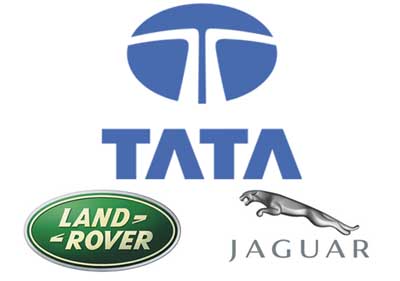The case discusses the ‘Organization 2005’ program; a six-year long organizational restructuring exercise conducted by the US based Procter & Gamble (P&G), global leader in the fast moving consumer goods industry. The case examines in detail, the important elements of the restructuring program including changing the organizational structure, standardizing the work processes and revamping the corporate culture. The case elaborates on the mistakes committed by Durk Jager, the erstwhile CEO of P&G and examines the reasons as to why Organization 2005 program did not deliver the desired results. Finally, the case discusses how Alan George Lafley, the new CEO, accelerated the initiatives under the Organization 2005 program and revived P&G’s financial performance.… Read the rest
Management Case Studies
Management case studies are real-life examples of issues and problems found in particular workplaces or business organisations. Case study assignments give the opportunity to relate theoretical concepts to practical situations. Most case studies are written in such a way that the reader takes the place of the manager whose responsibility is to make decisions to help solve the problem. In almost all case studies, a decision must be made, although that decision might be to leave the situation as it is and do nothing.
Corporate Restructuring at Arvind Mills
The case provides an overview of the Arvind Mills’ expansion strategy, which resulted in the company’s poor financial health in the late 1990s. In the mid 1990s, Arvind Mills’ undertook a massive expansion of its denim capacity in spite of the fact that other cotton fabrics were slowly replacing the demand for denim. The expansion plan was funded by loans from both Indian and overseas financial institutions. With the demand for denim slowing down, Arvind Mills found it difficult to repay the loans, and thus the interest burden on the loans shot up. In the late 1990s, Arvind Mills ran into deep financial problems because of its debt burden.… Read the rest
The Leveraged Buy-out Deal of Tata & Tetley
The case ‘The Leveraged Buyout Deal of Tata & Tetley’ provides insights into the concept of Leveraged Buyout (LBO) and its use as a financial tool in acquisitions, with specific reference to Tata Tea’s takeover of global tea major Tetley. This deal which was the biggest ever cross-border acquisition, was also the first-ever successful leveraged buy-out by any Indian company. The case examines the Tata Tea-Tetley deal in detail, explaining the process and the structure of the deal. The case helps them to understand the mechanism of LBO. Through the Tata-Tetley deal the case attempts to give students an understanding of the practical application of the concept.… Read the rest
Case study: Tata Motor’s Acquisition of Jaguar and Land Rover
Tata Motors is the largest multi-holding automobile company in India and it is the fourth largest truck producer in the world. In addition, Tata Motors is also the second largest bus producer in the world, with the revenues of US$ 8.8 billion in the financial year 2008. Since its establishment in 1945, Tata Motors has grown significantly in the past 60years with the strategies of joint venture, acquisition and launched new products in different market segments (i.e. passenger cars, commercial vehicles and utility vehicles). A significant breakthrough for Tata was the development and commercialization of the truly Indian cars and they are Tata Indica (1998) and Tata Indigo (2002).… Read the rest
Case Study: Failure of Vodafone in Japan
Vodafone Group plc is a British multinational mobile network operator, its main headquarter is in Newbury, England. It is the world’s largest mobile telecommunication network company, based on revenue, its market value on the UK stock exchange is about £80.2 billion as of August 2010, making it Britain’s third largest company. It is currently operating in 31 countries and has partner networks in a further 40 countries.
In 2001 Vodafone announced to get into Japanese market with acquiring AT&T’s 10% economic interest in Japan Telecom Co., Ltd. (“Japan Telecom”) for a cash consideration of US$1.35 billion ( £0.93 billion). Japan Telecom was one of Japan’s leading telecommunications companies and parent of the fast growing mobile network, J-Phone Communications Co.,… Read the rest
Case Study: FERA Violations by ITC
ITC was started by UK-based tobacco major BAT (British American Tobacco). It was called the Peninsular Tobacco Company, for cigarette manufacturing, tobacco procurement and processing activities. In 1910, it set up a full-fledged sales organization named the Imperial Tobacco Company of India Limited. To cope with the growing demand, BAT set up another cigarette manufacturing unit in Bangalore in 1912. To handle the raw material (tobacco leaf) requirements, a new company called Indian Leaf Tobacco Company (ILTC) was incorporated in July 1912. By 1919, BAT had transferred its holdings in Peninsular and ILTC to Imperial. Following this, Imperial replaced Peninsular as BAT’s main subsidiary in India.… Read the rest

